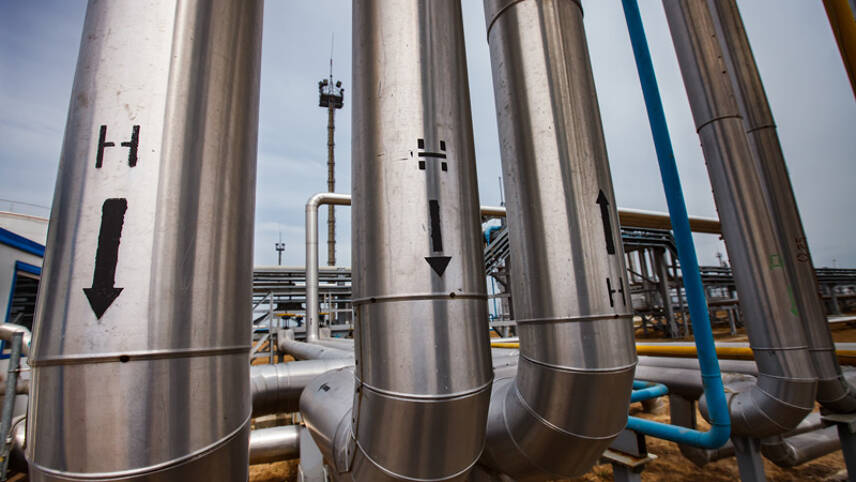Register for free and continue reading
Join our growing army of changemakers and get unlimited access to our premium content

Published late last week, the guidance is aimed at any organisation which will be seeking an environmental permit for their blue hydrogen facility. Such facilities produce hydrogen using fossil-based gases, such as natural gas or refinery fuel gas. CO2 generated during this process is then captured and made ready for permanent geological storage.
The UK is aiming to host at least 10GW of ‘low-carbon’ hydrogen production capacity by 2030. At least half of this will need to be ‘green’ hydrogen capacity. Green hydrogen is produced by electrolysing water at facilities powered using 100% renewable electricity.
Blue hydrogen technologies are set to account for most of the remainder of the UK’s production capacity by the end of the decade. This approach has proven controversial, given that the spike in gas prices which will have changed the business case for blue hydrogen. Another concern is that man-made carbon capture technologies are in their relative infancy at a commercial scale, with many large arrays capturing lower proportions of emissions than originally intended.
The UK Government has rebuffed this latter concern by promising a low-carbon hydrogen standard. Blue hydrogen that emits too high a level of CO2e across its lifecycle will not meet the standard and, as such, won’t benefit from public funding.
The EA’s new guidance serves to bolster this standard. It states that “as a minimum” developers should achieve an overall CO2 capture rate of 95%. They will need to provide thorough justification if they are proposing a plant – new or retrofitted – with a lower capture rate.
The guidance acknowledges that carbon capture facilities will likely “operate on a flexible basis to balance variations in demand from hydrogen users”. There may also be changes during, for example, maintenance periods or periods of extreme weather. It states that it expects information on the steps developers would take to minimise the environmental impact of any changes, including reduced carbon capture rates and increased emissions.
Aside from considering carbon capture efficiency when choosing a carbon capture technology, the EA wants developers to consider energy and resource efficiency. They should also consider the emissions of any other greenhouse gases aside from CO2.
“The EA has an important part to play as an enabler of UK net-zero and we’ve been working hard to develop guidance so that operators understand the regulatory requirements for emerging energy technologies,” said the EA’s director of regulated industry Georgina Collins.
“Hydrogen is likely to play an important part in our low-carbon future, and, as an environmental regulator, our role is to ensure that hydrogen production is conducted in a way that protects people and the environment. Our emerging techniques guidance will go a long way towards achieving that.”
The new EA guidance has been welcomed by trade organisations Energy UK and Hydrogen UK.
Last Autumn, advisory firm Westwood Global Energy Group released an analysis revealing that there are blue hydrogen projects with a total capacity of 13GW in the pipeline in the UK, with their developers planning to bring them online by the end of the decade.


Please login or Register to leave a comment.